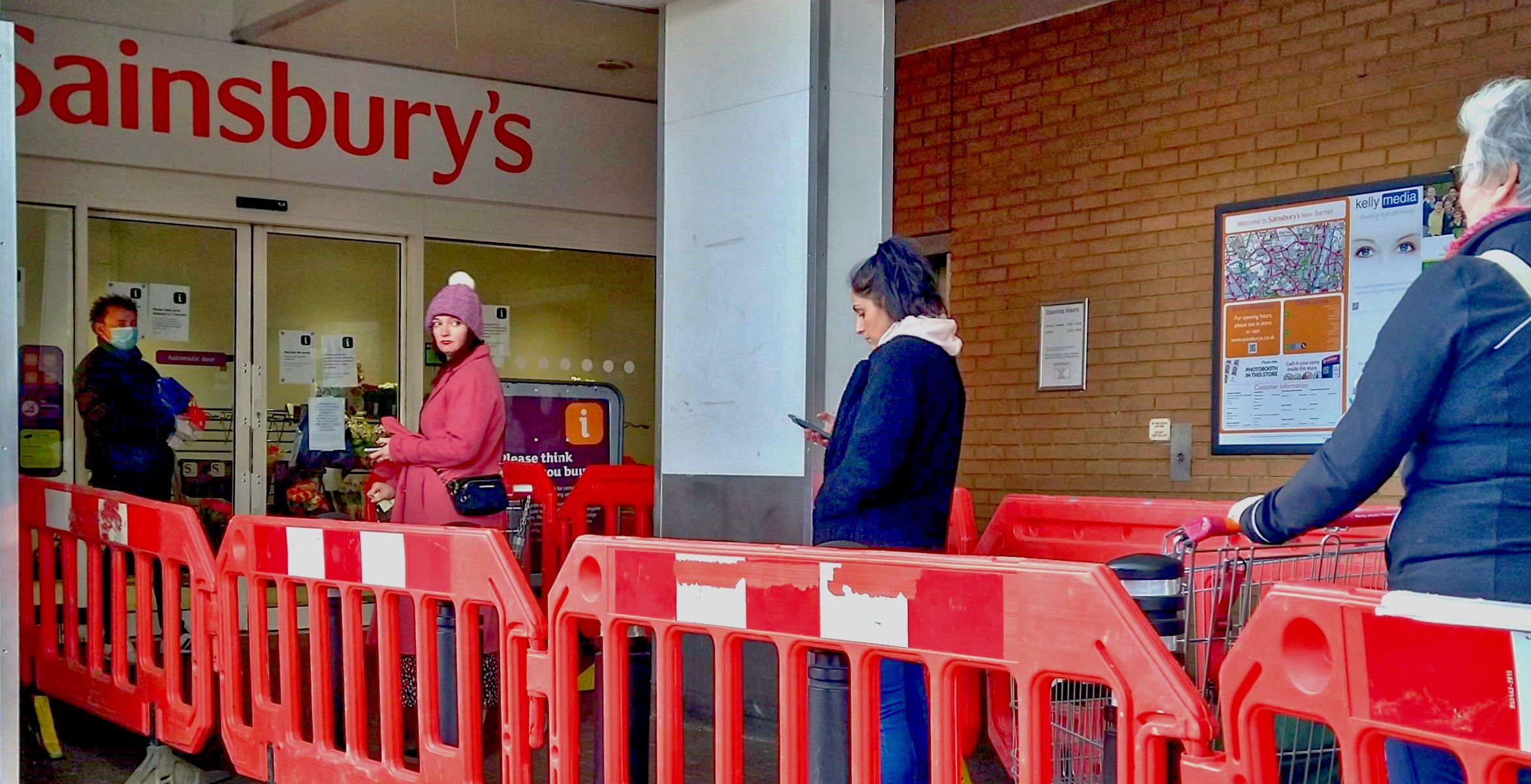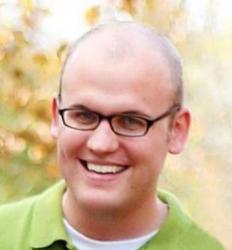In times of economic crisis, the planning class has routinely relied on a particular set of assumptions to construct their supposed solutions. This has been no less true in the policy responses to COVID-19, which have comprised a predictable mix of so-called stimulus and monetarist monkey business.
Such interventionism has always been misguided, of course. But given the uniqueness of our present situation, those fundamental weaknesses have become especially pronounced. Unlike the economic crises of the past, ours is one predicated on trying to slow the spread of a virus — a goal that involved curtailing consumer spending on purpose, whether through individuals staying home or more institutional efforts to constrain “non-essential” corners of the economy.
Yet in terms of economic policy, the government’s response looks just as it did in the 2008 financial crisis, focused mostly on top-down tweaking and arbitrary juicing, while ignoring the range of bottom-up factors at play. As economist Arnold Kling explains at National Affairs, this growing disconnect only illuminates the need for a more general reckoning with how we think about the modern economy.
“The Covid-19 pandemic has accelerated the deterioration of the concepts that underpin contemporary macroeconomic-policy thinking in America,” Kling writes. “The time has come to jettison both the Keynesian and monetarist paradigms that macroeconomic policymakers employ and to pursue an alternative paradigm more suitable to the conditions prevailing in today’s economy.”
When viewed through the older models, Kling continues, the economy is treated “as if gross domestic product were a single, homogeneous output produced in one gigantic factory.” Those two leading paradigms can be summarized as follows:
The Keynesian intuition is that this GDP factory will produce at capacity if and only if there is sufficient demand. If we are in a recession, government must inject spending into the economy so that the factory will hire more workers to raise production. Those workers will in turn spend more, thereby keeping up demand. In short, spending creates jobs, and jobs create spending.
In contrast, though based on related assumptions, the monetarist paradigm imagines the central bank fine-tuning the economy’s inflation rate by altering the money supply. When it introduces more money into circulation, prices rise. Wages ultimately rise too, but at a slower rate than prices. This lag between the rise in prices and the rise in wages encourages the owners of the GDP factory to take advantage of the opportunity to profit from higher prices and lower, inflation-adjusted wages by hiring more workers.
As an alternative, Kling recommends a new model centered around “patterns of sustainable specialization and trade” (PSST) — one that reframes our thought and action around our ever-increasing expansion of social collaboration. Rather than approaching the economy as an impersonal machine needing to be constantly fed, controlled, and maintained, PSST approaches it as a complex, coordinated web of creative people, each collaborating and serving one another in a series of meaningful and productive relationships. As Kling explains:
The PSST model emphatically departs from the view that the economy is like a single factory; instead, building on the theories of [Adam] Smith and [David] Ricardo, it conceives of the economy as a delicate web of connections that coordinate very refined forms of specialization. To put it in more tangible terms, the paradigm suggests that just about everything a consumer purchases — from food to smartphones to vacation experiences — is supplied by a process that requires millions of workers to perform highly specialized tasks, hardly any of which are visible to the consumer. These patterns of specialization and trade are coordinated by two systems: the pricing mechanism and the profit system. Prices are Smith’s “invisible hand,” telling entrepreneurs where to find Ricardian comparative advantage. Meanwhile, profit opportunities inspire new patterns, while losses signal that patterns are no longer sustainable.
Whereas the popular paradigms are obsessed with “stimulating demand,” PSST allows us to approach individuals and institutions in all of their complexity. In turn, we can tailor our solutions appropriately. “According to this [PSST] model, the [COVID-19] economic shutdown is not simply a supply shock or a demand downturn; it is a disruption of patterns of specialization and trade,” Kling explains.
People have changed their behavior — in some ways for just a few weeks, in others likely for a few years. In still other ways, these behavior changes may be permanent. Just as it was after the 2008 crisis, the challenge for today’s economy is to go through the trial-and-error process of discovering new patterns of specialization and trade.
Such an approach requires patience and policy restraint.
For those viewing the current crisis through a PSST lens, Kling anticipates several possible conclusions. For example, we will likely adjust our view of financial institutions. In the wake of COVID-19, “problems are not spreading outward from the financial sector to the rest of the economy; instead, problems among firms and individuals hurt significantly by the virus will create troubles for financial firms exposed to those areas.” Once we recognize this, we can more easily resist the temptation to bail out financial entities as a magical way to increase economic growth.
Likewise, a PSST model frames our expectations in a more healthy way. When we fully see and appreciate the variety of risks and trade-offs across human relationships, we understand that this crisis is not likely to end any time soon, nor is a recovery likely to correspond with diktats from governors or public-health officials. Human behavior will continue to adapt and respond to individual circumstances, drawing on virtue, prudence, and localized practical wisdom.
“Given these changed behaviors, the economy is not going to snap back to where it was in January,” Kling concludes. “Instead, the economy is going to reshape itself, and be reshaped, over the next few years.”
Further, in the case of possible inflation, “The PSST paradigm sees money and prices as arising from social norms,” Kling explains. “In other words, what people use as money varies depending on technology and circumstances.” Given the evolution of electronic banking and other innovations, these norms are bound to complicate or contradict any attempts at monetary interventionism. “The Fed might be trying to cut the supply of currency and deposits,” Kling explains, “but the drop in demand and the shift to other means of payment would confound its efforts to slow spending.”
Kling’s proposal offers a rare awareness and care in addressing the particular realities of our time. But its main value is found in something more fundamental and universal: an intentional focus on the human person and human relationships as the center of economic life.
As Episode 3 of Acton’s film series, The Good Society explains, such an approach is necessary not only for getting our predictions and prognostications right, but for understanding from where and to what ends our economic solutions will ultimately flow:
Economists and policymakers talk like astronomers describing the planets or physicists charting the interaction of atoms or, sadly, engineers optimizing cogs and gears to get machines to operate more efficiently. But an economy is not made of machines. It’s made of human beings — human beings living families, communities and cultures. At its core, economics is the study of human action — specifically, how people make choices about goods, services and time and how they operate in the marketplace with others. …
As history has demonstrated, economics should never be separated from the human person. Humans are not gears in the machine to be socially engineered for greater efficiency. People are not merely human resources or human capital to be arranged for higher productivity and output.
Such a perspective certainly applies to crises of the past, as well. But particularly in our modern economy (which is increasingly specialized and interconnected) and amid the disruptions of COVID-19 (which are increasingly detached from the typical assumptions about demand), the need for a readjustment in perspective is clearer than ever.
Whatever our goals for relief, whether we are trying to spur consumer spending or avoid future inflation, the view of the economy as a machine is unlikely to budge. Through a paradigm of social collaboration, however, much is possible.
(Photo credit: Philafrenzy. CC BY-SA 4.0.)

